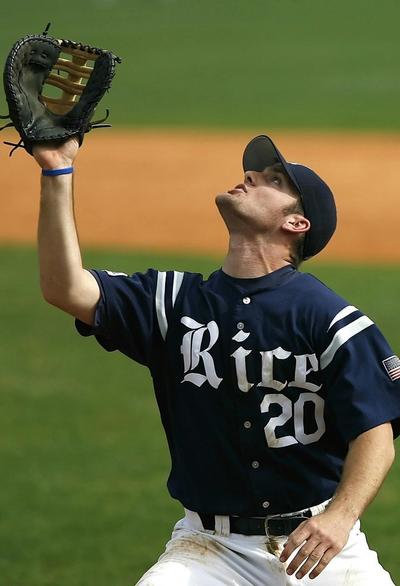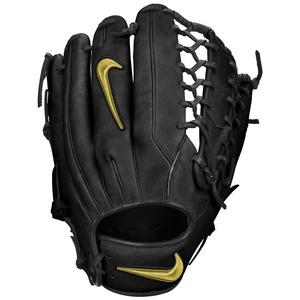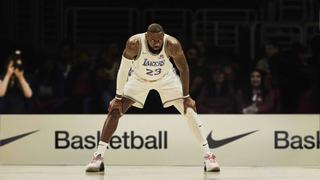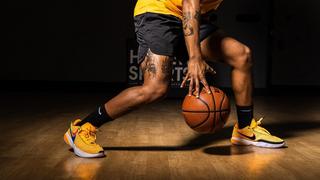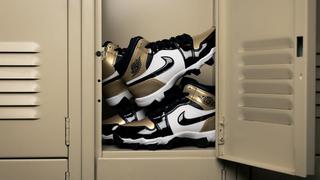Outfielder Glove
Covering a large amount of territory demands larger baseball gloves (12.25-13.25 inches) with deep pockets to cradle fly balls. Centerfielders often prefer 12.5- to 13.25-inch gloves, while corner outfielders can opt for slightly smaller options (12.25 to 12.75 inches). Deeper H-web and basket web styles excel at scooping up those high fly balls.
First Base Gloves
First base gloves are large and bendy, ranging from 12.5 to 13.75 inches, with deeper, padded pockets. These features optimize a player’s ability to scoop throws off the ground. The glove’s large size can be difficult for smaller kids to close, so it’s not recommended that players start using these gloves before the age of 10. Opt for H-web or modified trap web styles for optimal control.
Catcher’s Mitts
With pitches flying at breakneck speeds, catchers need extra protection and padding to keep their hands from shattering. Because of this, a catcher’s mitt is normally extra stiff during its initial use and may take a while to break in.
An adult baseball player’s catcher’s mitt should range in size from 32 to 34 inches, depending on the player’s age and size. Youth players typically wear a glove that’s 29.5 to 32 inches.
Pitching Glove
Pitchers are the spearhead of a team’s defense and must have laser-sharp reflexes. Their lightweight, closed webbing means there’s no open weave in the leather. This allows pitchers to adjust their grip without tipping a batter off about the upcoming pitch. The lower weight provides added comfort without diminishing the pitcher’s ability to field a line drive or receive throws back from the catcher. Youth pitcher’s gloves (12 and under) should measure between 11.5 and 11.75 inches. Adult pitching gloves range from 11.5 to 12 inches.



